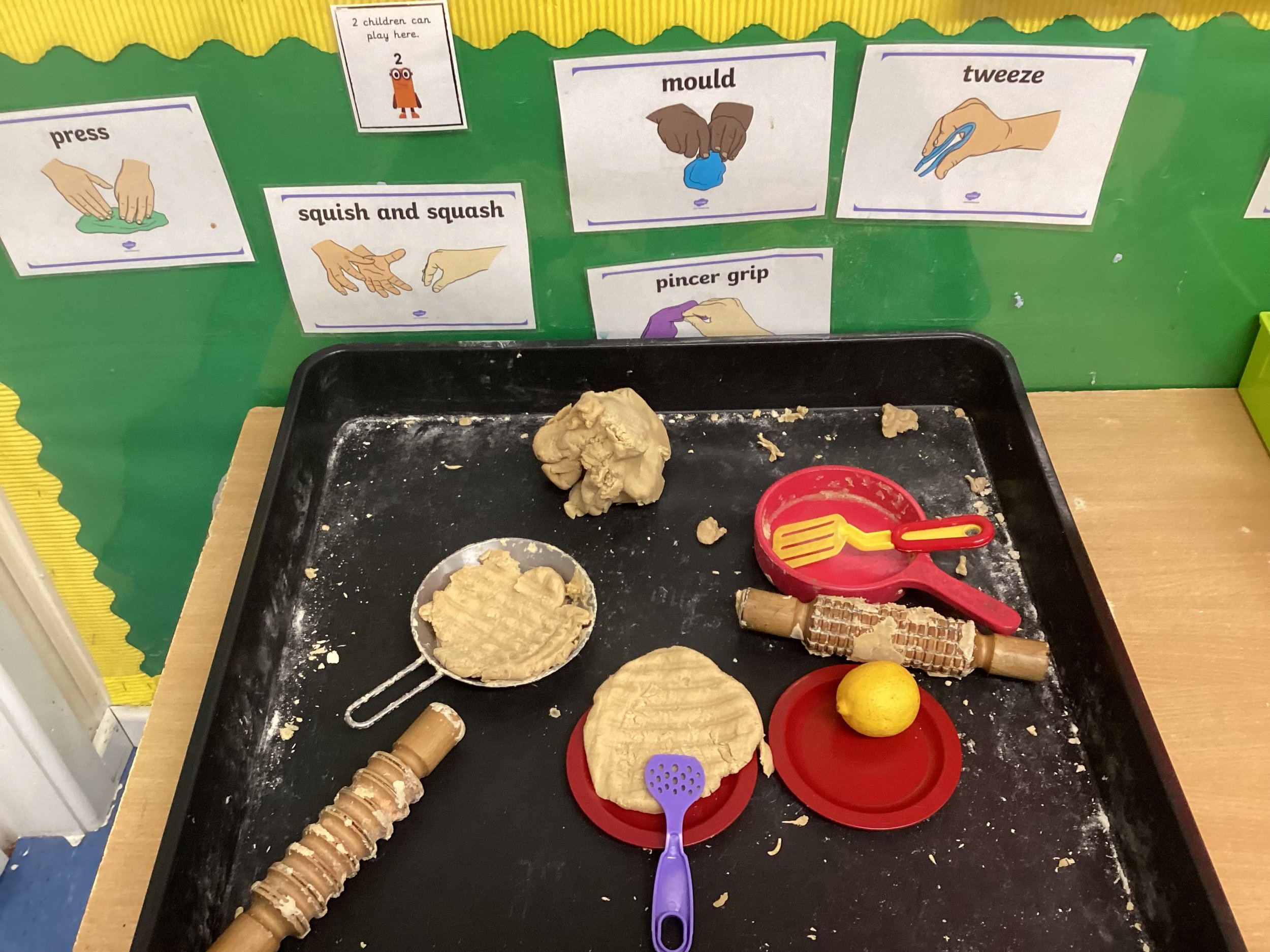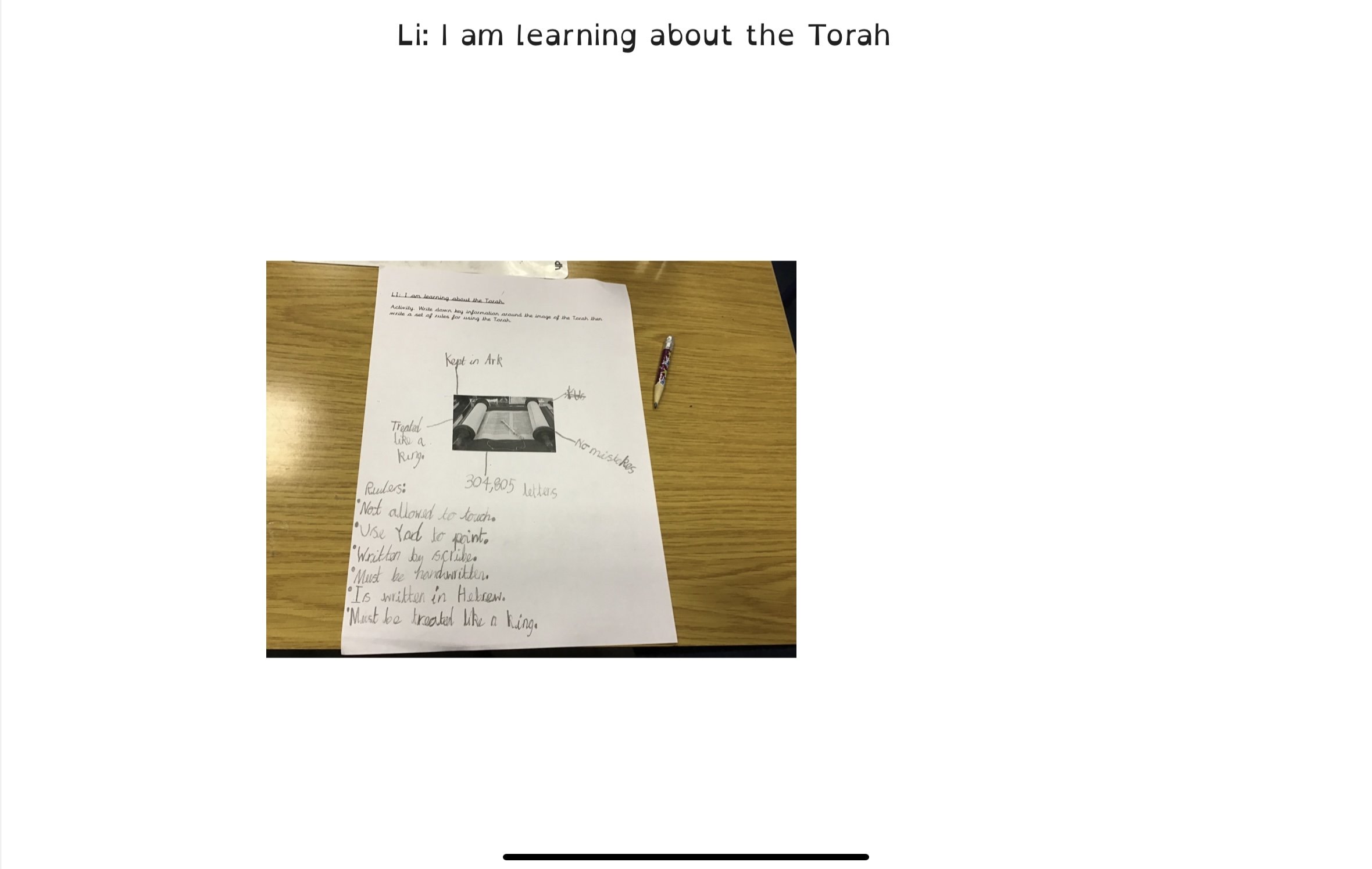Symbolism in RE
This term, we have chosen the thread of symbolism within religions. Through virtual explorations of places of worship and in their learning of significant religious events, our children have developed their understanding of the importance of physical symbols and their relationship with the spiritual meaning. This has given them the opportunity to make links within their own beliefs and faiths.
Celebrations in Reception
In Reception, children got familiar with and learnt about different faiths through different celebrations/festivals. The children learn about the celebrations as they arise in the calendar. They learnt about these through songs and videos and circle time. They learnt about why red envelopes and dragons are important parts of Chinese New Year and the importance of Shrove Tuesday for Christians and where the origins of making pancakes came from. During the sessions, the children are provided opportunities to make links to and talk about their own religious celebrations.
Features of a Church in Year 2
In their studies on the teachings of Christianity, Year 2 children began by discussing what they already knew about churches and went on a virtual exploration of a church, identifying the key features of a church and discussing the significance of these (e.g. – bibles are read in church, an altar is used for communion). After this, an extended class discussion enabled children of different faiths to reflect and make links to their own places of worship.
Symbols in the Jewish Faith in Year 3
Year 3 pupils were shown symbols within the Jewish faith and were given the opportunity to discuss what they think they might represent. They went on a virtual exploration of a synagogue, identifying the key features and then learnt that not only are features within a place of worship significant but that other items such as clothing and symbols play an important role within faith as well (e.g. – Star of David, the tallit (prayer shawl). This learning journey enables our pupils to reflect on important concepts and symbols that are at the heart of religious practices.
Christian Symbols in Year 5
Our Year 5 pupils extended their knowledge of the role that symbols play within religion by exploring how Christians can show their commitment to God and the challenges they may face in keeping their promises to him. They continued to look at more physical symbols of Christianity (bread and wine representing Jesus’ blood and body) and the non-physical symbols (e.g.- parables and the Lord’s prayer) that Christians use to show their commitment and faith. This enabled the pupils to critically evaluate their perception of religious and spiritual symbols.




